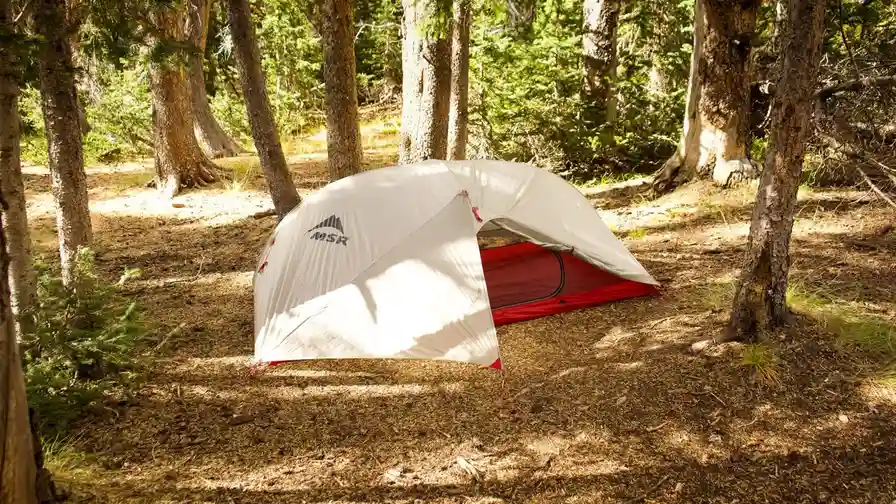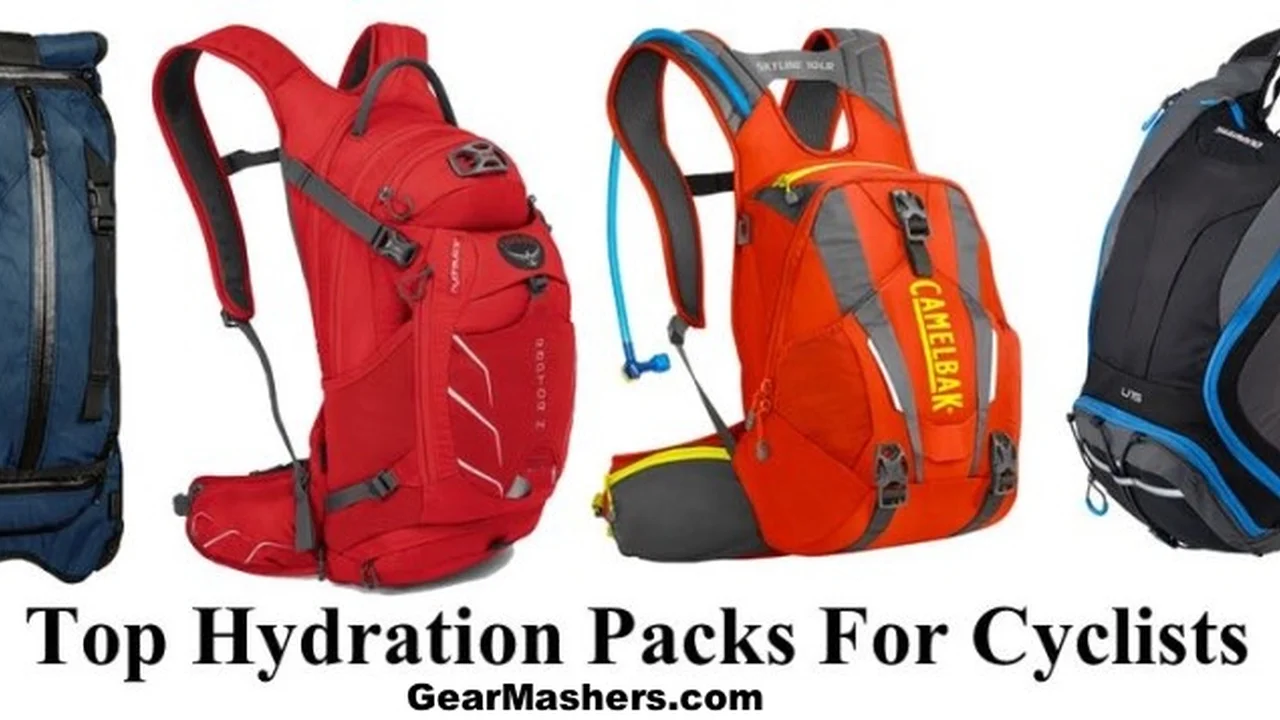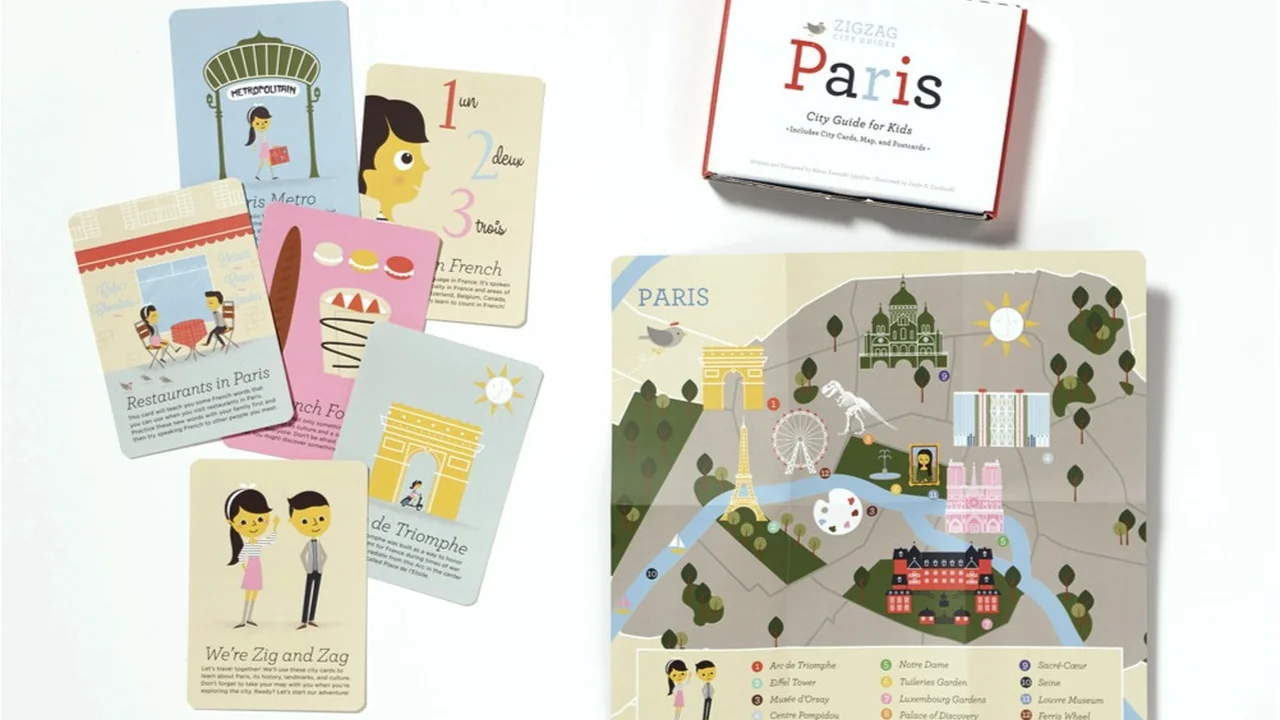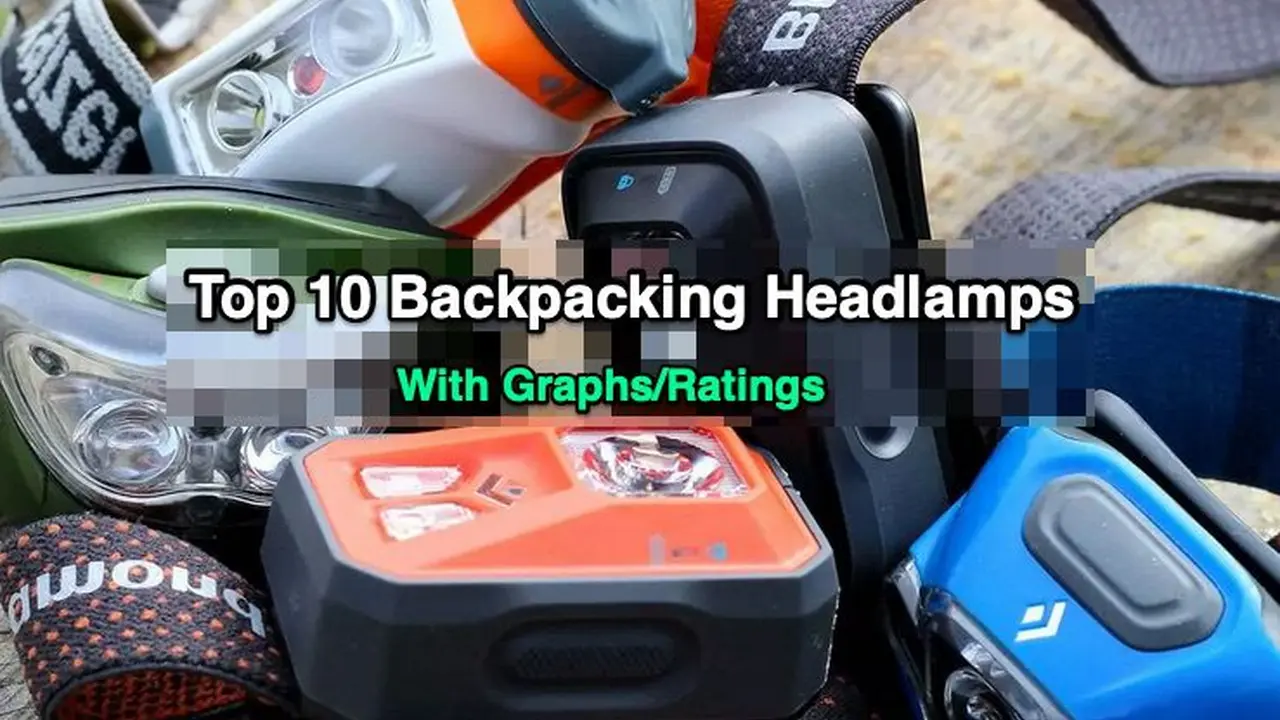Backpacking Gear Checklist_ USA Edition
Essential backpacking gear checklist tailored for US adventures. Ensure you're prepared for any terrain or climate with our comprehensive list. Maximize comfort and safety on your next US backpacking journey.
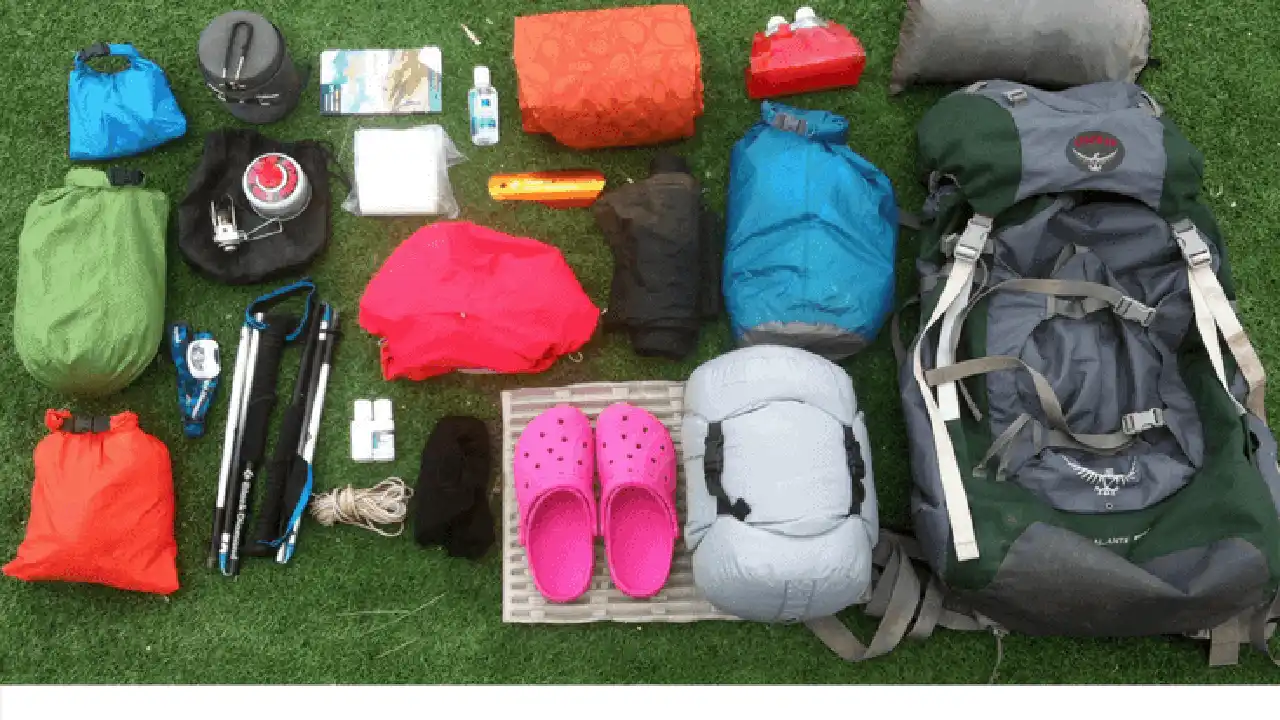
Essential Backpacking Gear List for US Adventures
Okay, so you're planning a backpacking trip in the US? Awesome! But before you hit the trails, you gotta make sure you've got the right gear. This isn't just about comfort; it's about safety and being prepared for whatever Mother Nature throws your way. This checklist is your bible for prepping for your US backpacking adventure, covering everything from the basics to those \"just in case\" items.
The Big Three: Backpack, Tent, and Sleeping Bag for US Backpacking
These are the foundation of your backpacking setup. Choose wisely, because they'll significantly impact your comfort and pack weight.
Backpack: Choosing the Right Size and Features for US Trails
Your backpack is your home on your back, so it needs to be comfortable and functional. Aim for a backpack that fits your torso length and has a capacity appropriate for the length of your trip. For a weekend trip (1-3 nights), a 50-65 liter pack should suffice. For longer trips (3+ nights), consider a 65-80 liter pack. Look for features like adjustable torso length, hip belt pockets, and external attachment points for trekking poles and sleeping pads.
Product Recommendations:
- Osprey Atmos AG 65 (Men's) / Aura AG 65 (Women's): Known for its Anti-Gravity suspension system, providing excellent ventilation and comfort. Price: $300-$350. Ideal for longer trips with heavier loads.
- REI Co-op Flash 50: A lighter and more affordable option, great for shorter trips and those looking to minimize weight. Price: $150-$200. Good for weekend trips and experienced backpackers.
- Gregory Baltoro 65 (Men's) / Deva 60 (Women's): Offers excellent load support and organization, with multiple compartments and pockets. Price: $280-$330. A good all-around choice.
Comparison: The Osprey Atmos/Aura prioritizes comfort, while the REI Flash focuses on weight. The Gregory Baltoro/Deva strikes a balance between the two. Consider your priorities and trip length when making your choice.
Tent: Lightweight and Weather-Resistant Shelters for US Climates
Your tent is your shelter from the elements. Choose a lightweight, freestanding tent that's easy to set up and provides adequate protection from rain, wind, and insects. A 2-person tent is often a good choice even for solo hikers, providing extra space for gear.
Product Recommendations:
- Big Agnes Copper Spur HV UL2: A popular ultralight 2-person tent, known for its spacious interior and easy setup. Price: $450-$550. Great for minimizing weight without sacrificing comfort.
- REI Co-op Half Dome 2 Plus: A more affordable and durable option, with a larger interior space than the standard Half Dome 2. Price: $250-$300. A good value for the money.
- MSR Hubba Hubba NX: A reliable and durable 2-person tent, known for its weather resistance and easy setup. Price: $400-$500. A solid choice for challenging conditions.
Comparison: The Big Agnes Copper Spur is the lightest option, but also the most expensive. The REI Half Dome offers a good balance of price and performance. The MSR Hubba Hubba is the most durable and weather-resistant.
Sleeping Bag: Warmth and Comfort in Varying US Temperatures
Your sleeping bag is crucial for a good night's sleep. Choose a bag with a temperature rating appropriate for the expected conditions. Consider a down-filled bag for its warmth-to-weight ratio, or a synthetic bag for its performance in wet conditions. A sleeping bag liner can add extra warmth and keep your bag clean.
Product Recommendations:
- Western Mountaineering UltraLite 20 Degree: A top-of-the-line down sleeping bag, known for its exceptional warmth-to-weight ratio. Price: $500-$600. An investment for serious backpackers.
- REI Co-op Magma 15 Sleeping Bag: A high-quality down sleeping bag at a more affordable price point. Price: $350-$450. A great value for the money.
- Therm-a-Rest Questar 20 Sleeping Bag: A synthetic sleeping bag that performs well in wet conditions. Price: $200-$250. A good option for humid climates.
Comparison: The Western Mountaineering UltraLite is the warmest and lightest, but also the most expensive. The REI Co-op Magma offers a good balance of warmth and price. The Therm-a-Rest Questar is the best choice for wet conditions.
Clothing: Layering for All US Climates
Layering is key to staying comfortable in varying weather conditions. Start with a moisture-wicking base layer, add an insulating mid-layer, and finish with a waterproof and windproof outer layer.
Base Layers: Moisture-Wicking for Comfort
Choose moisture-wicking fabrics like merino wool or synthetic materials to keep you dry and comfortable. Avoid cotton, which can trap moisture and make you cold.
Mid-Layers: Insulation for Warmth
A fleece jacket or down vest provides insulation to keep you warm in colder temperatures.
Outer Layers: Waterproof and Windproof Protection
A waterproof and windproof jacket and pants will protect you from rain, snow, and wind.
Hiking Boots: Footwear for US Terrain
Choose hiking boots that provide good ankle support and traction. Break them in before your trip to avoid blisters.
Cooking and Food: Fueling Your US Adventures
Pack lightweight and nutritious food that's easy to prepare. A backpacking stove is essential for cooking hot meals.
Backpacking Stove: Cooking on the Trail
Choose a lightweight and efficient backpacking stove that's easy to use. Canister stoves are popular for their convenience, while liquid fuel stoves are more versatile and perform better in cold weather.
Product Recommendations:
- MSR PocketRocket 2: A compact and lightweight canister stove that's easy to use. Price: $45-$55. A popular choice for beginners.
- Jetboil Flash Cooking System: A self-contained cooking system that boils water quickly. Price: $120-$150. Great for fast and efficient meal preparation.
- MSR WhisperLite Universal: A versatile liquid fuel stove that can burn white gas, kerosene, and unleaded gasoline. Price: $130-$160. A good option for international travel and colder climates.
Comparison: The MSR PocketRocket is the simplest and most affordable. The Jetboil Flash is the fastest and most convenient. The MSR WhisperLite is the most versatile and reliable.
Food: Lightweight and Nutritious Options
Pack lightweight and non-perishable food items like dehydrated meals, energy bars, nuts, and dried fruit.
Navigation: Staying on Course in the US Wilderness
A map and compass are essential for navigating in the wilderness. Learn how to use them before your trip. A GPS device can also be helpful, but don't rely on it as your only navigation tool.
Map and Compass: Essential Navigation Tools
Learn how to read a topographic map and use a compass to determine your bearing. Practice your navigation skills before your trip.
GPS Device: Electronic Navigation Aid
A GPS device can help you track your location and navigate to waypoints. Be sure to bring extra batteries.
Safety and First Aid: Being Prepared for Emergencies
A well-stocked first aid kit is essential for treating minor injuries and illnesses. Learn basic first aid skills before your trip. Carry a personal locator beacon (PLB) or satellite messenger for emergencies.
First Aid Kit: Essential Supplies
Include items like bandages, antiseptic wipes, pain relievers, blister treatment, and insect repellent in your first aid kit.
Personal Locator Beacon (PLB) or Satellite Messenger: Emergency Communication
A PLB or satellite messenger allows you to send an SOS signal in case of an emergency.
Other Essential Gear: Don't Forget These Items!
Here's a list of other essential gear items you'll need for your backpacking trip:
- Headlamp or flashlight
- Water filter or purification tablets
- Sunscreen
- Insect repellent
- Toilet paper and trowel
- Knife or multi-tool
- Repair kit
- Trash bags
- Bear canister (if required)
Specific Gear for Different US Regions
The gear you need will vary depending on the region of the US you're backpacking in.
Desert Backpacking Gear: Staying Hydrated and Protected from the Sun
In the desert, hydration is key. Bring plenty of water and a wide-brimmed hat to protect yourself from the sun.
Mountain Backpacking Gear: Dealing with Altitude and Weather Changes
In the mountains, be prepared for sudden weather changes. Bring extra layers of clothing and be aware of the symptoms of altitude sickness.
Eastern US Backpacking Gear: Dealing with Humidity and Insects
In the Eastern US, be prepared for humidity and insects. Bring insect repellent and lightweight, breathable clothing.
Final Thoughts on Backpacking Gear for the USA
This checklist is a starting point. Customize it to fit your specific needs and the conditions you expect to encounter on your trip. Remember to test out your gear before you hit the trail to ensure it's comfortable and functional. Happy backpacking!
:max_bytes(150000):strip_icc()/277019-baked-pork-chops-with-cream-of-mushroom-soup-DDMFS-beauty-4x3-BG-7505-5762b731cf30447d9cbbbbbf387beafa.jpg)



